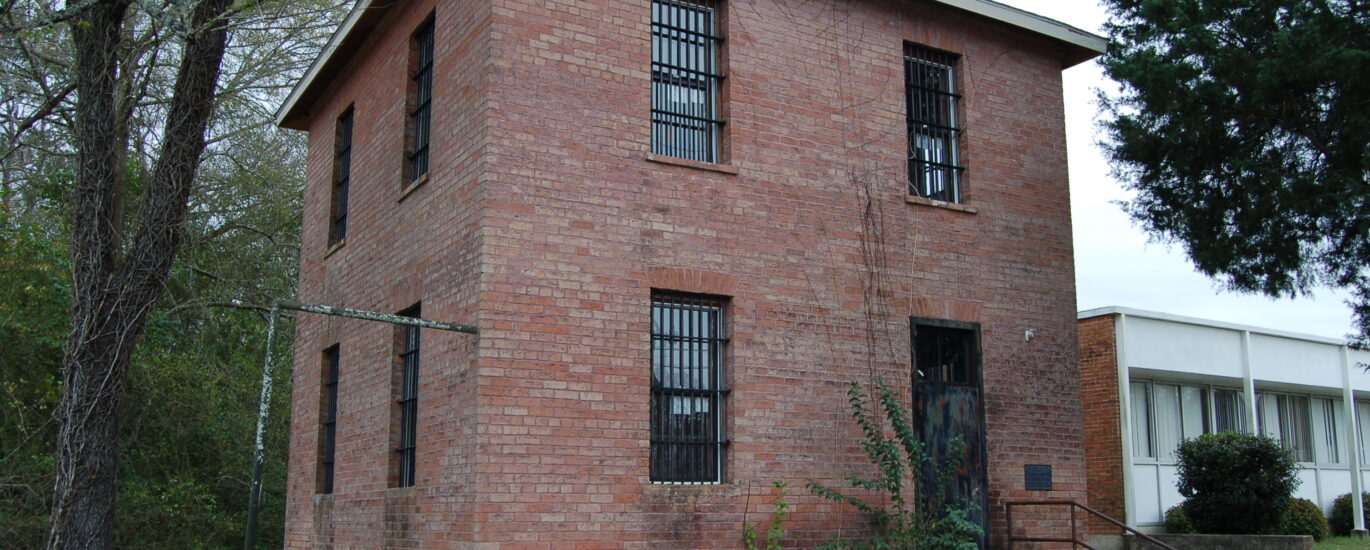Welcome to the Old St. Helena Parish Jail, one of the oldest structures in St. Helena Parish, Louisiana, and a key witness to the region’s vibrant history. Built around 1855, this two-story brick building stands adjacent to the courthouse square in the quaint town of Greensburg. The jail is a remarkable example of mid-nineteenth-century architecture, with its brick walls and barred windows that once held in some of the area’s most notorious figures.
In 1980, the building was recognized for its historical significance and was listed on the National Register of Historic Places. At that time, there were believed to be fewer than five similar examples of mid-nineteenth-century jail buildings still standing in Louisiana. Today, the Old St. Helena Parish Jail serves not only as a reminder of the past but also as a cultural touchstone for the community.
St. Helena Parish, named after the remote island in the Atlantic Ocean, was established in 1810, during a period of rapid growth and transformation in the United States. This parish is part of the historic Florida Parishes, a region once under Spanish control before becoming part of the United States through the annexation of West Florida in 1810. The parish seat, Greensburg, was designated shortly thereafter and has served as the hub of local governance since.
Throughout its storied history, St. Helena Parish has been shaped by the hard work and resilience of its residents, primarily involved in agriculture and forestry. The Old St. Helena Parish Jail is a testament to this heritage. It offers a glimpse into a time when law and order were enforced in ways starkly different from today. Visitors to the jail can almost hear the echoes of the past, as they explore the cells and imagine the lives of those who were once confined within its walls.
The story of the Old St. Helena Parish Jail is intertwined with the broader history of the region. Its construction reflects the architectural style and societal norms of the mid-1800s, a time when the nation was on the cusp of the Civil War. The parish itself has been a part of significant historical events, including the shifts of sovereignty and changes in territorial governance that characterize the rich tapestry of Louisiana’s past.
As you stand before this historic building, consider the many stories it could tell—of justice served, of the people who lived and worked in its shadow, and of the community that continues to preserve its legacy.





